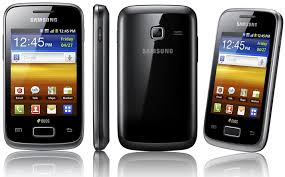Samsung on Friday unveiled Galaxy S4, its flagship smartphone, at an event in New York. The device – that boasts of an 8-core processor, and is capable of recognizing hand and eye movements – will compete against the Apple iPhone 5, HTC One, Nokia Lumia 920, BlackBerry Z10 and other high-end smartphones that will be launched later in the year.
The phone will be available in several markets across the world by the end of April. And while there is no official word from Samsung about its India launch or its pricing here, it is expected that the device should hit the local market in the second quarter this year.
While hardware has always been a focus of Samsung, on this occasion the company has also worked on adding software features (see box).
Anshul Gupta, principal analyst of Gartner India, terms the device as a step in the right direction. “The device has some features comparable to what other flagship phones already have, but bits like smart gestures are unique,” Gupta said. “There are limits to what you can do with hardware. The early stages of revolutionary leaps are over. Samsung is wise to focus on software and improving the ecosystem around its phones.”
For Samsung, the Galaxy S4 is a crucial launch in its battle against Apple and to maintain its lead among other Android handset manufacturers. According to data revealed by the South Korean company in January, Galaxy S III sold over 40 million units in six months. Collectively, over 100 million Galaxy S series phones have been sold so far. Apple had sold 135 million iPhones in 2012.
According to IDC, Samsung was the biggest smartphone maker in 2012 in the global market with a market share of around 30%. Apple was second with the market share of around 19%. But in terms of profit, Apple remains the leader. According to research by Canaccord Genuity, an investment bank, Apple had a 69% share in the profit generated within the smartphone industry in 2012.






